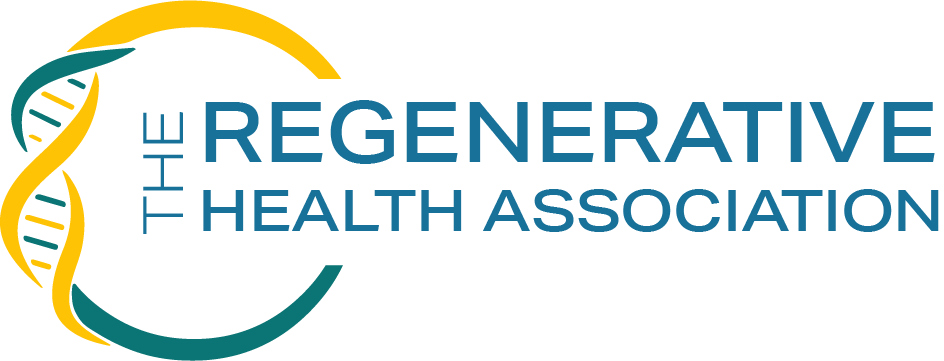Researchers have developed a nanoparticle delivery system that enhances the ability of stem cells to repair damaged tissue. This method, described in a study published in Nature Nanotechnology, focuses on improving precision and effectiveness in regenerative therapies.
The research team was led by James Dahlman, McCamish Early Career Professor in the Wallace H. Coulter Department of Biomedical Engineering at Georgia Tech, who designed a specific nanoparticle called LNP67. Unlike other nanoparticle designs, LNP67 doesn’t require a targeting ligand, making it chemically simpler and easier to manufacture.
It’s chemically simple, making manufacturing easier and opening the door to eventually scaling production, like mRNA vaccines.
In laboratory experiments, LNP67 successfully delivered genetic instructions to hematopoietic stem cells (HSCs) within the body, enhancing their natural ability to regenerate tissue. This approach eliminates the need for invasive procedures like bone marrow extraction and chemotherapy, which are typically associated with traditional HSC therapies. By reducing the liver’s absorption of nanoparticles, LNP67 increases delivery to other tissues where the nanoparticles and their payloads are needed.
Dahlman notes, “The liver absorbs almost everything. But, by reducing what it captures by even as little as 10 percent, we can double delivery to other tissues where the nanoparticles and their payloads are needed.”
This advancement has significant potential for improving medical treatments, including accelerating recovery after surgeries and addressing chronic conditions such as heart failure and spinal injuries. The researchers aim to continue refining the technology to prepare it for clinical trials, hoping to make it available for patients soon.
This study highlights the value of combining nanotechnology and regenerative medicine to develop more effective therapies, opening the way for better outcomes in treating complex medical conditions.


